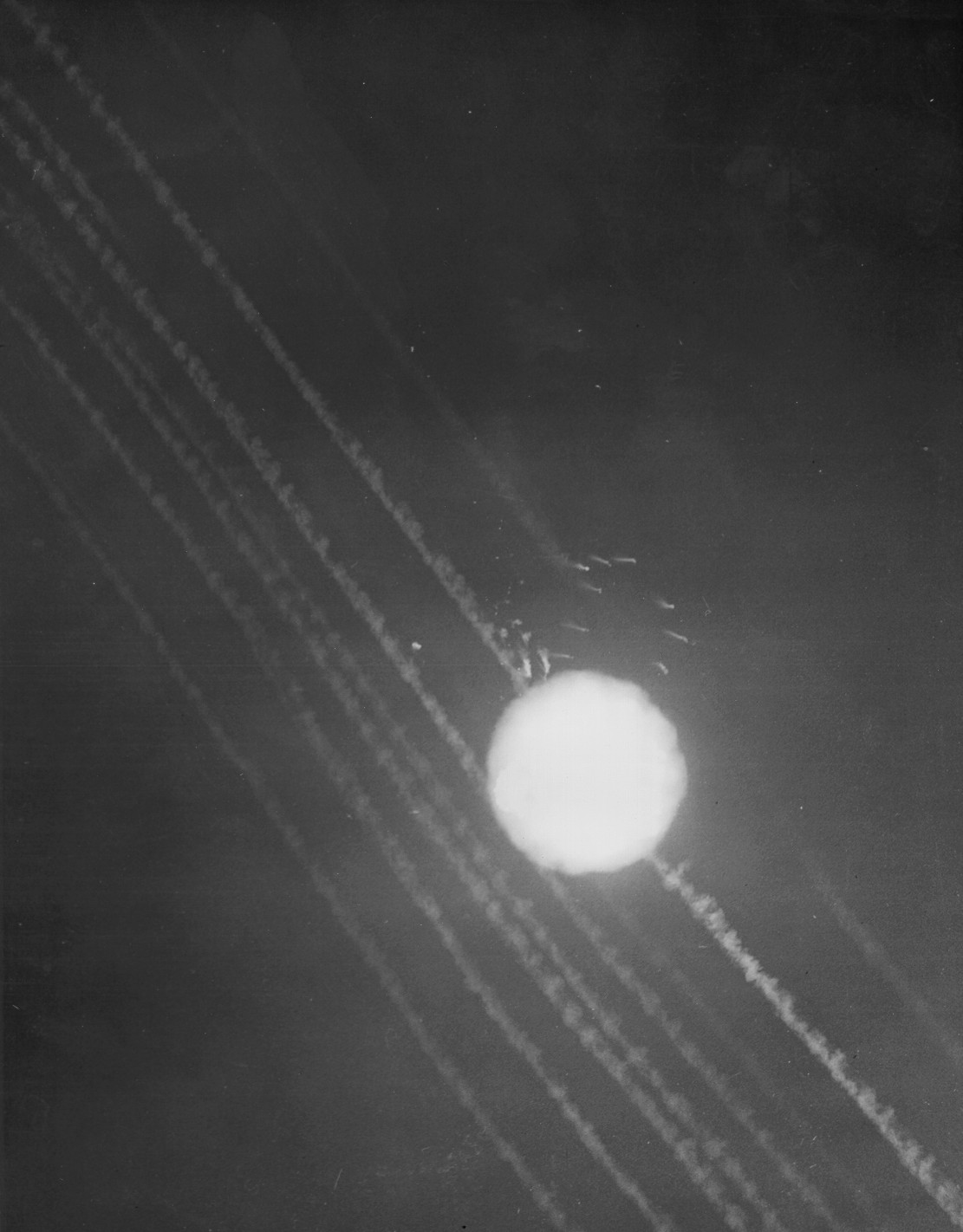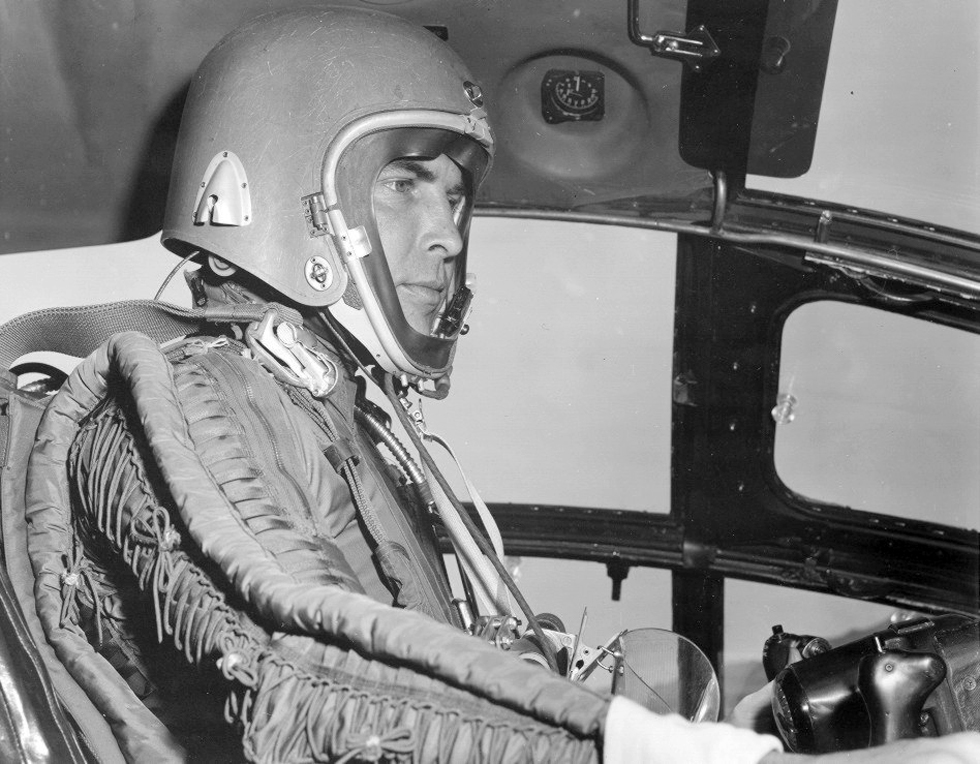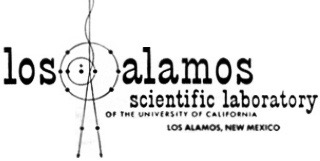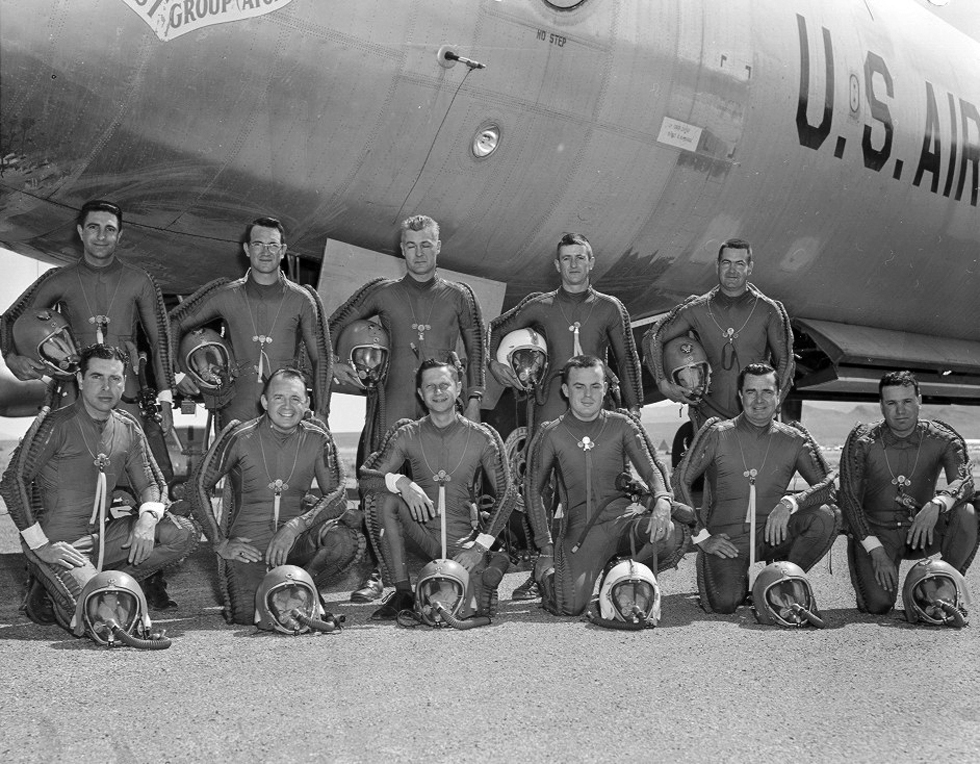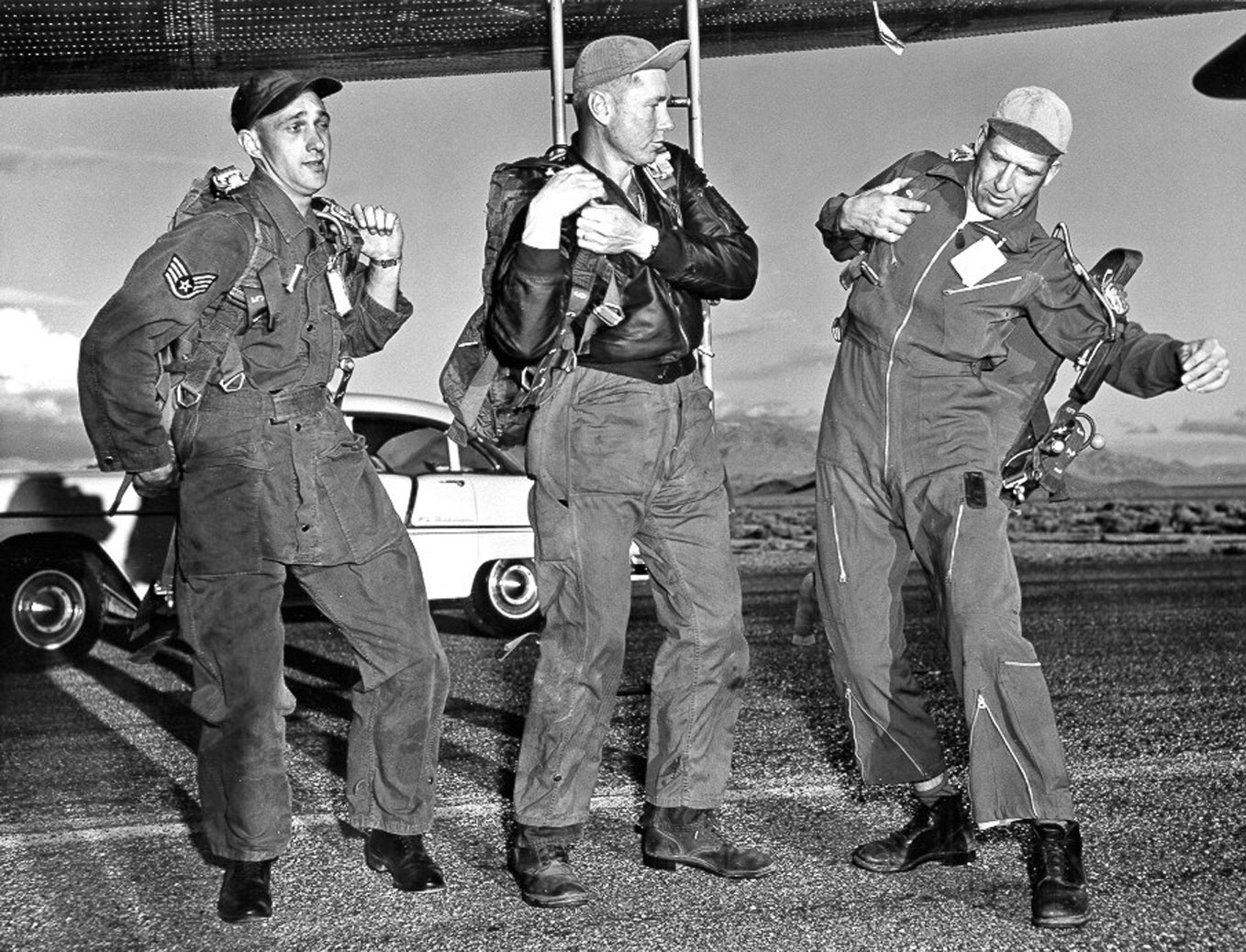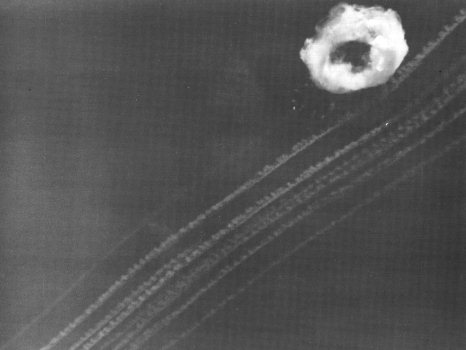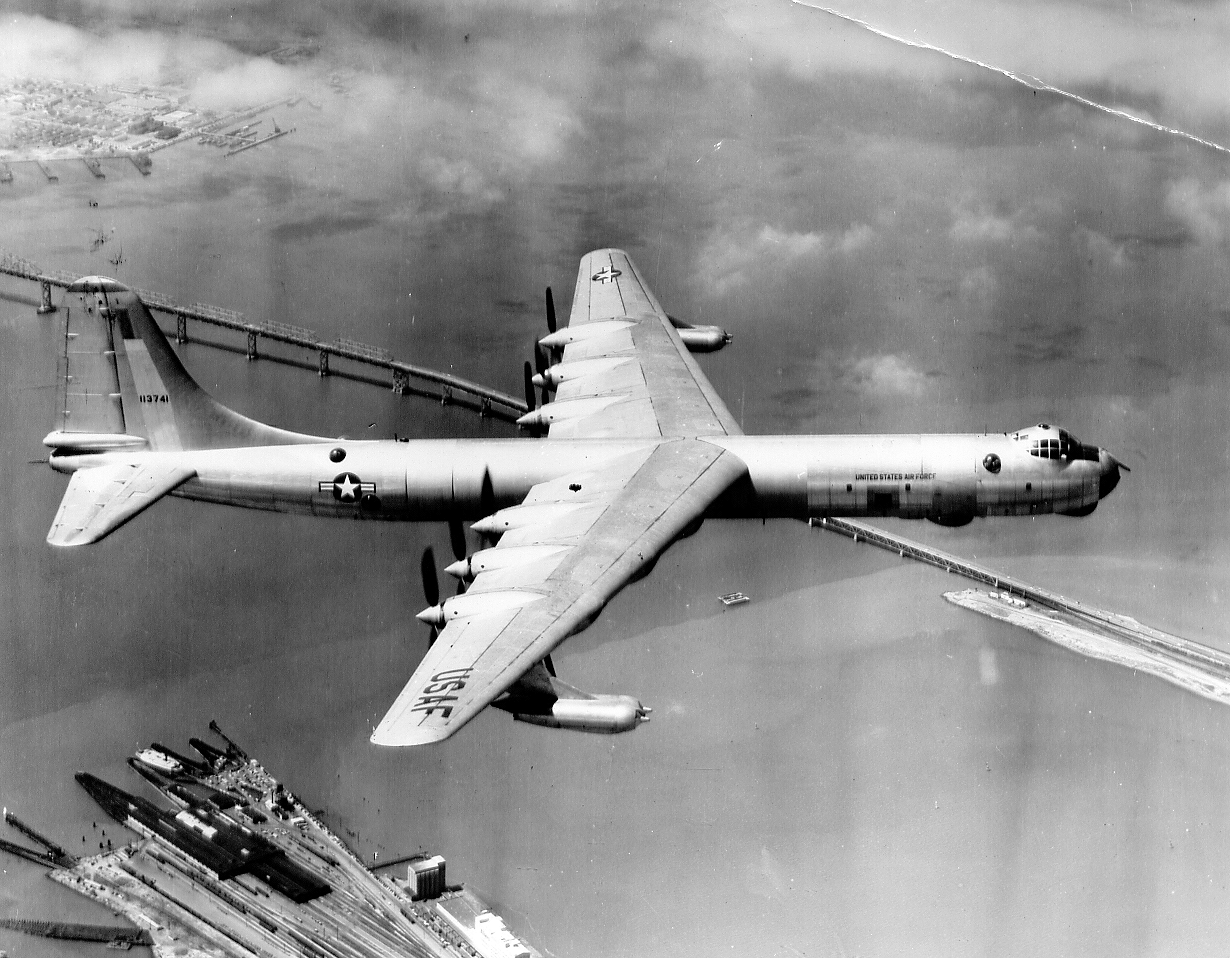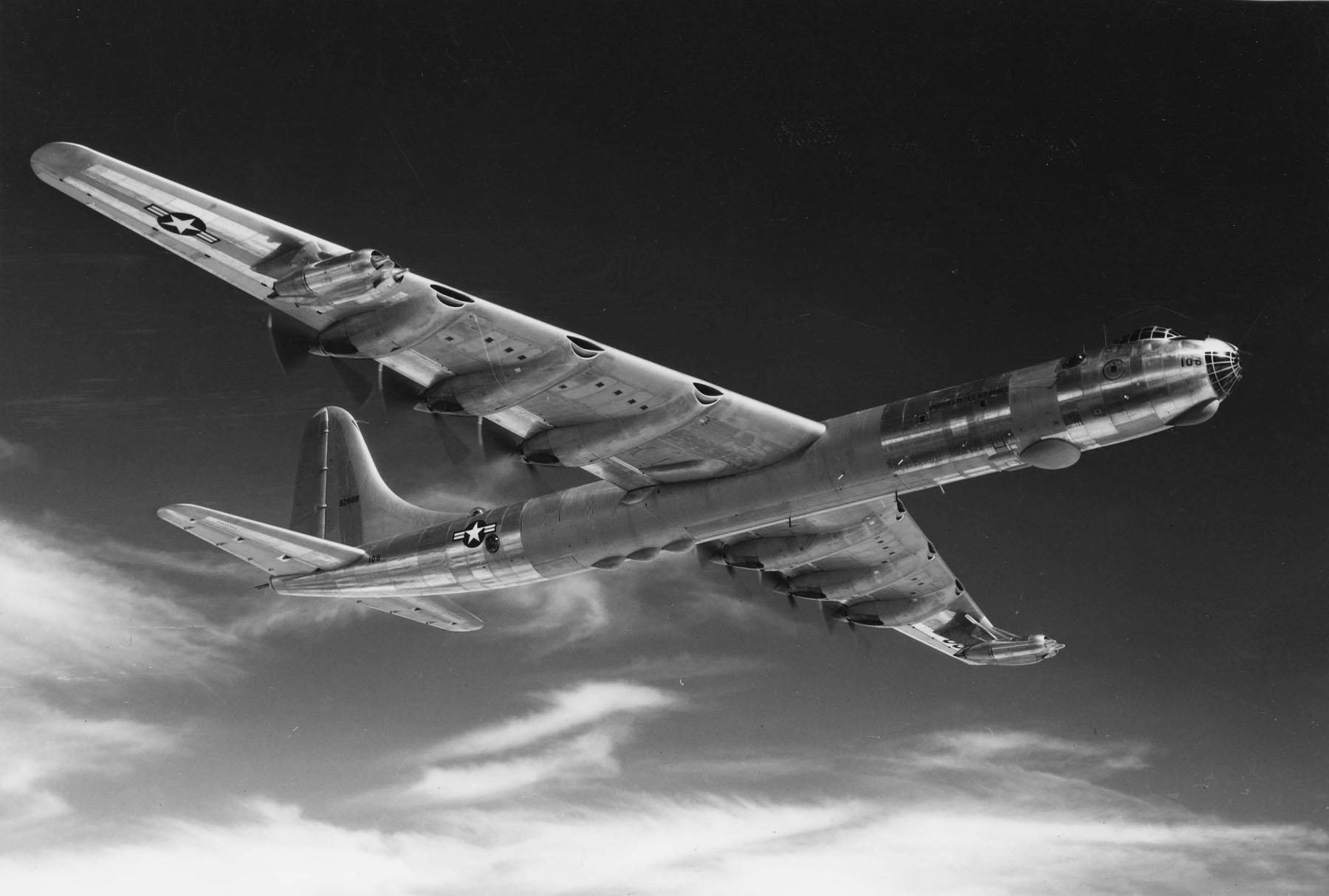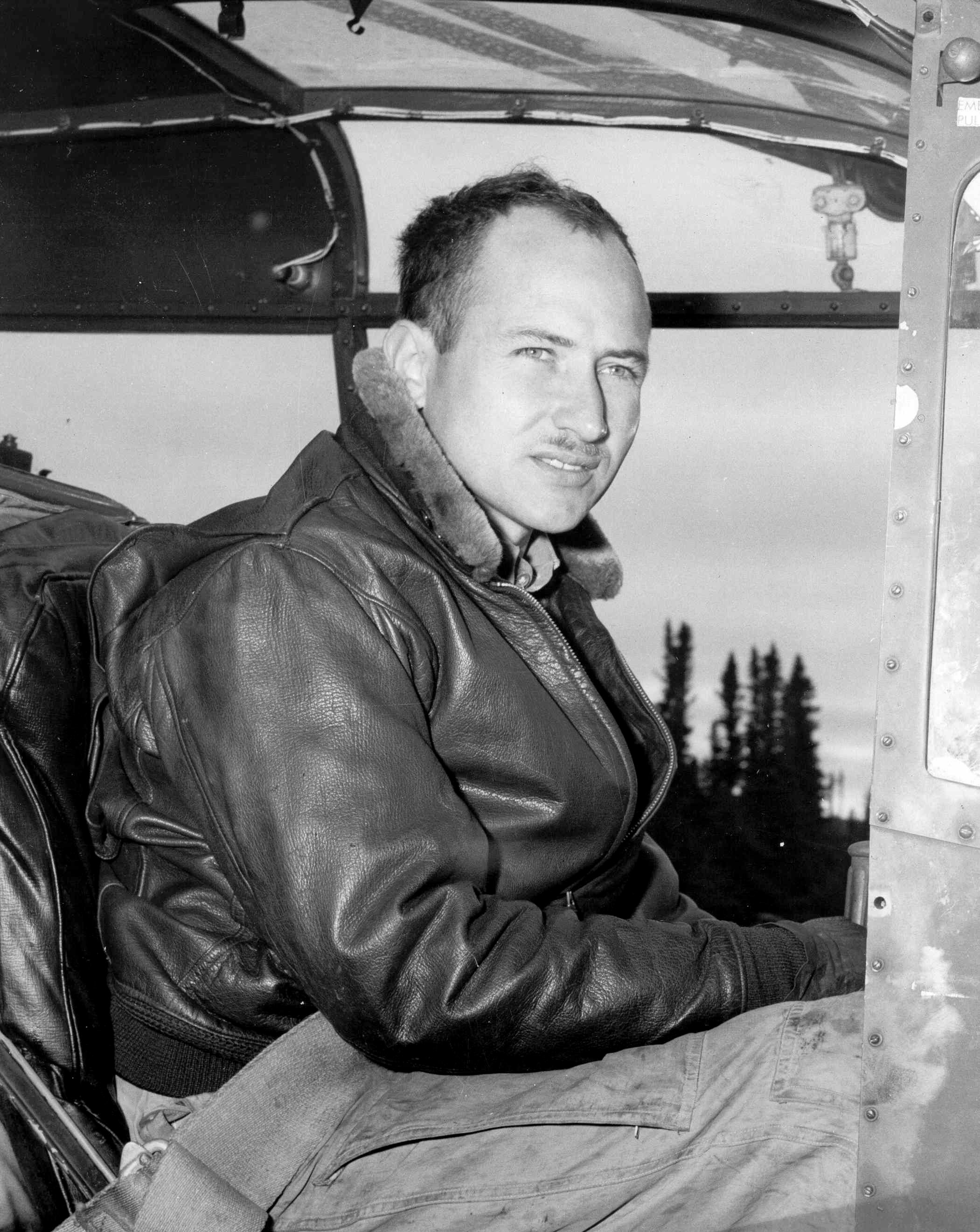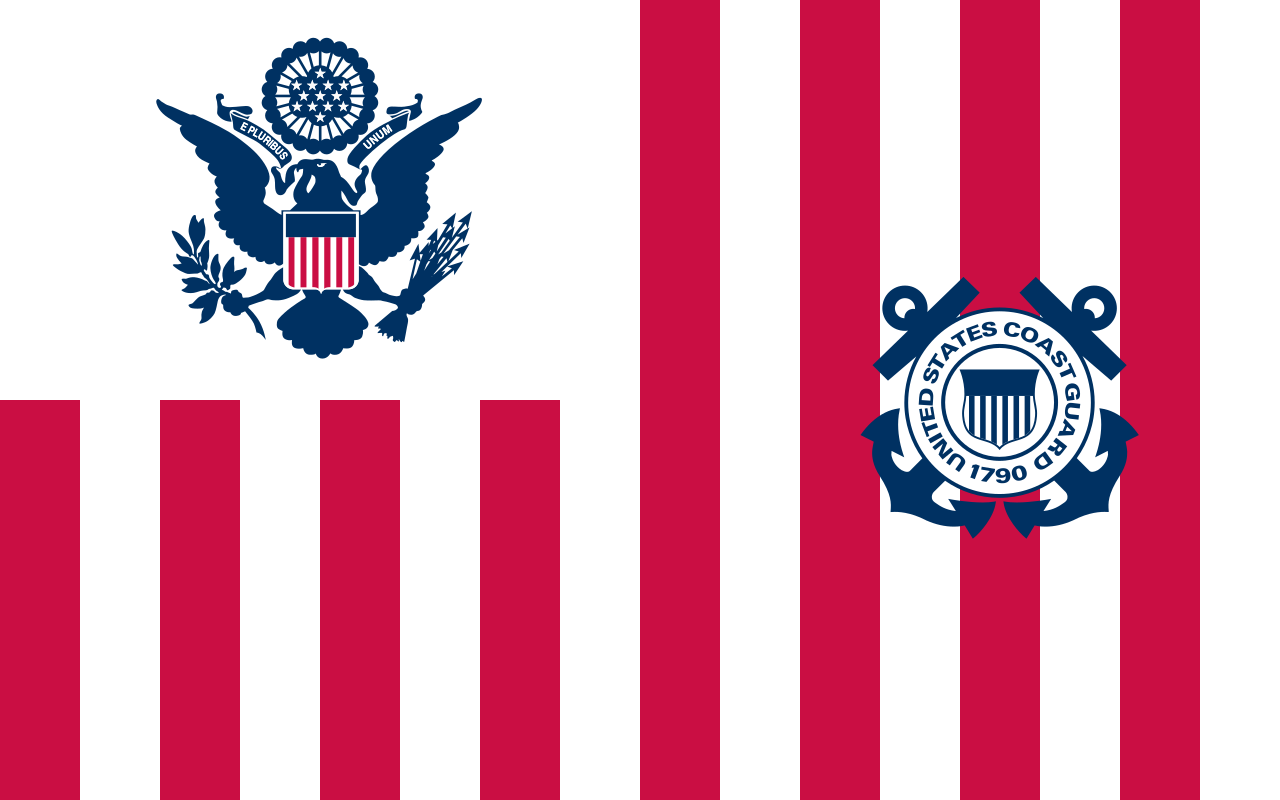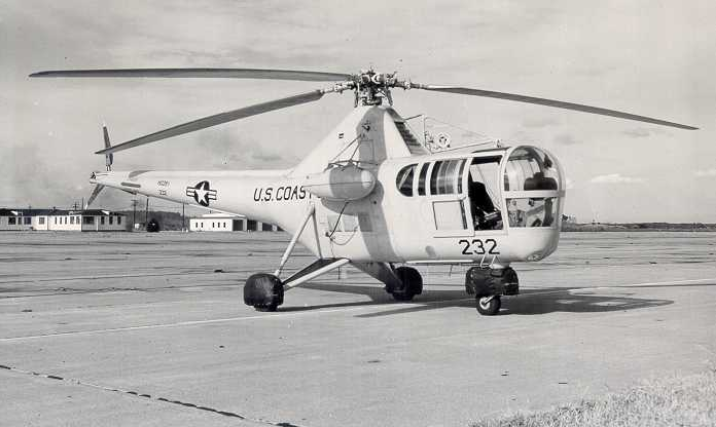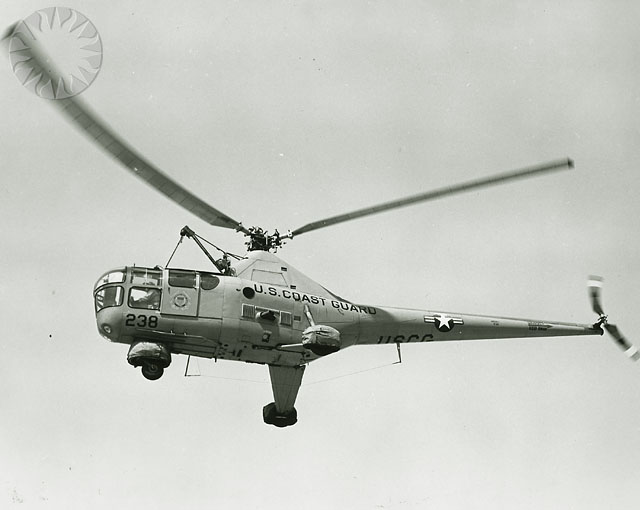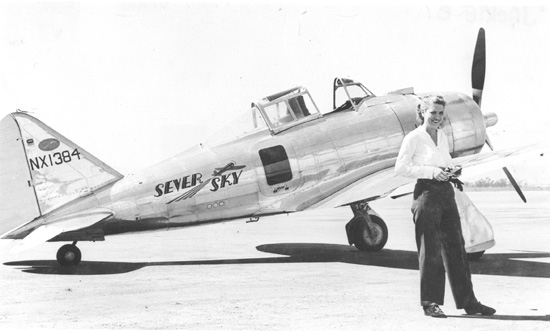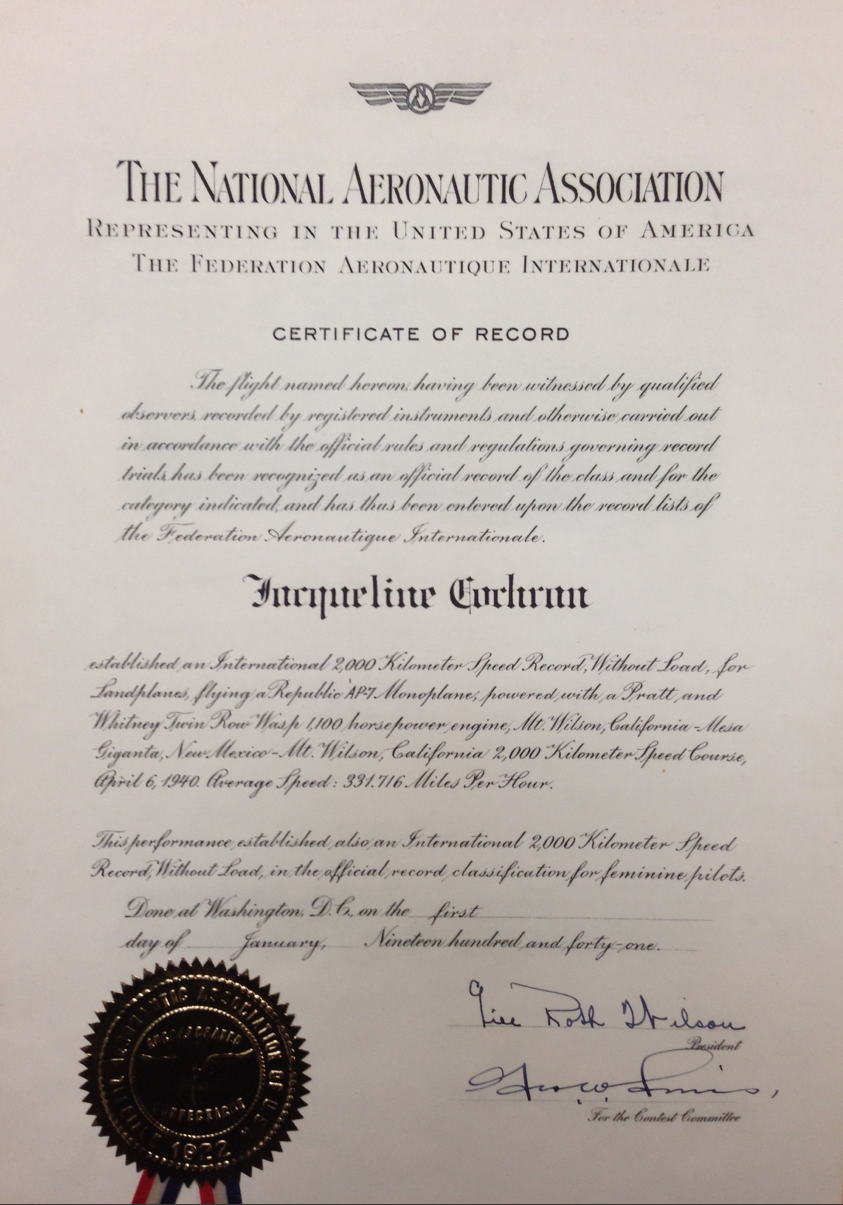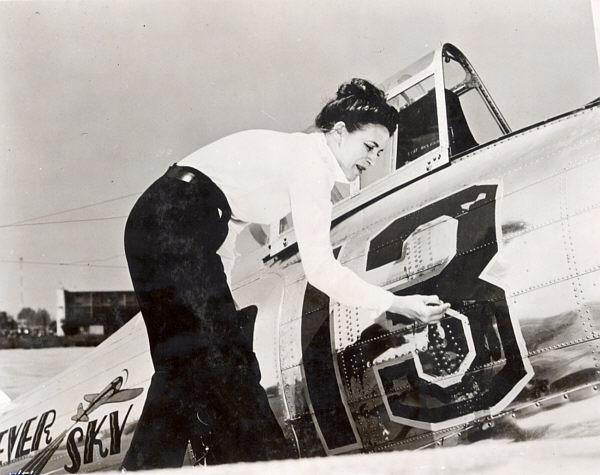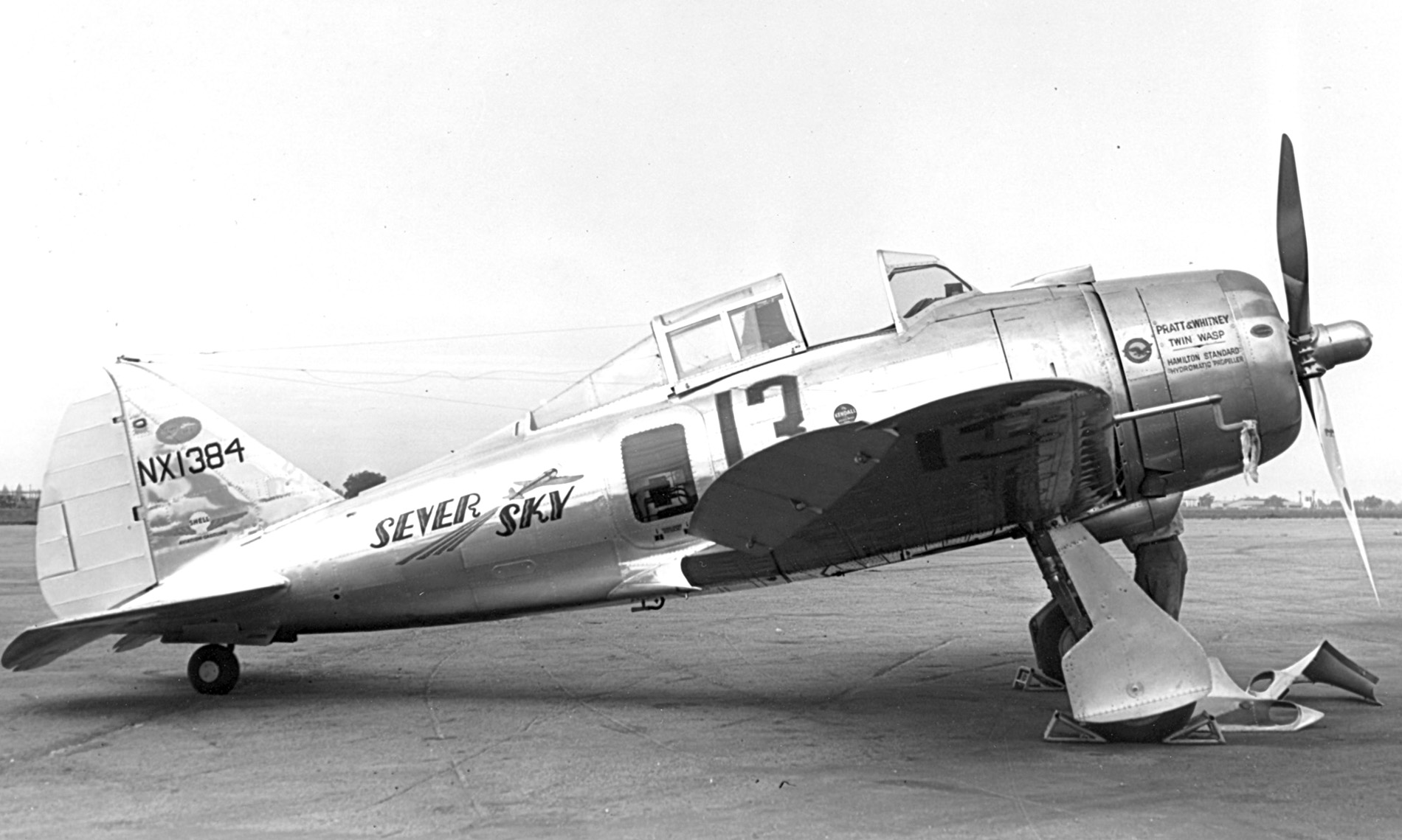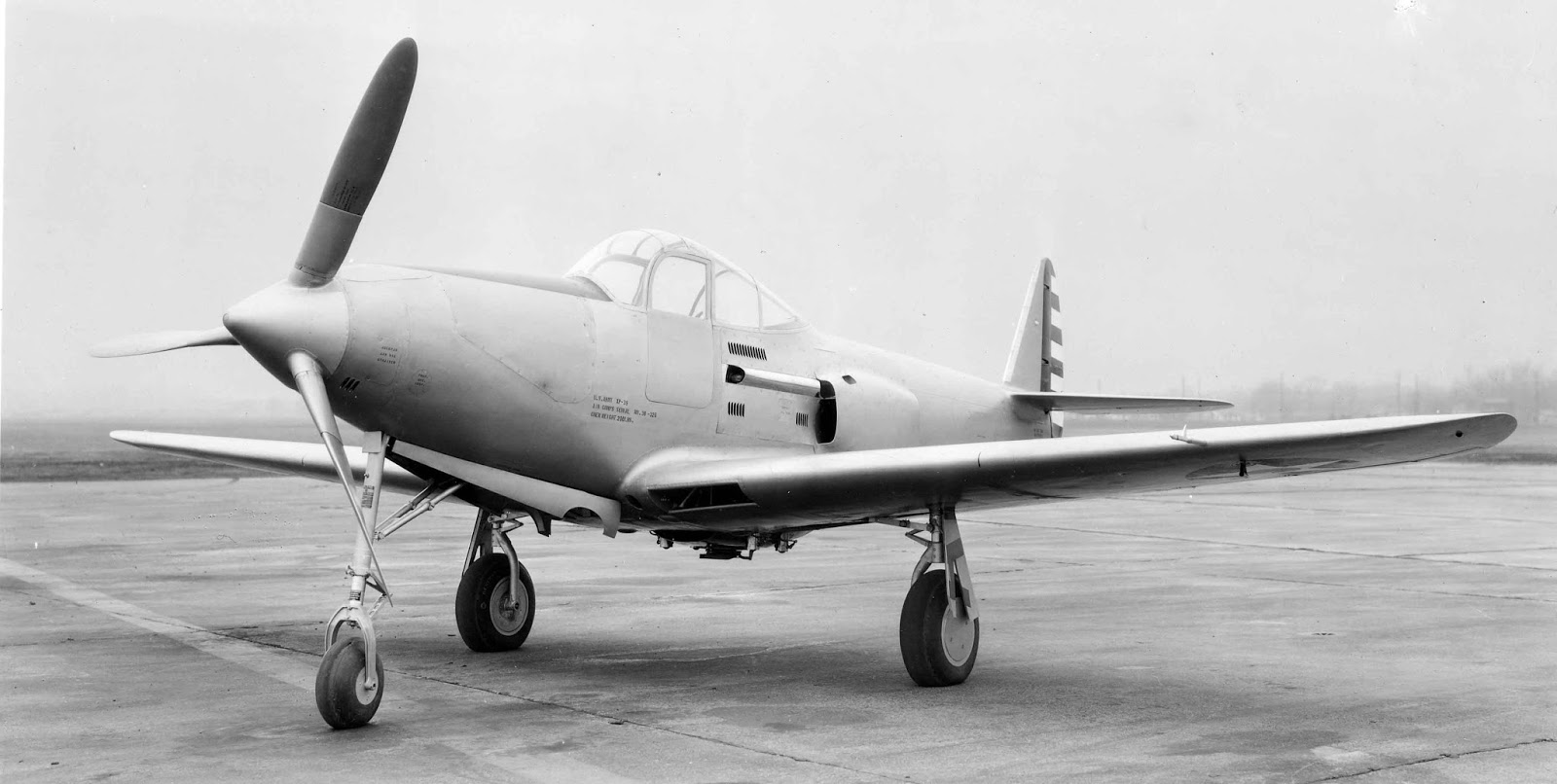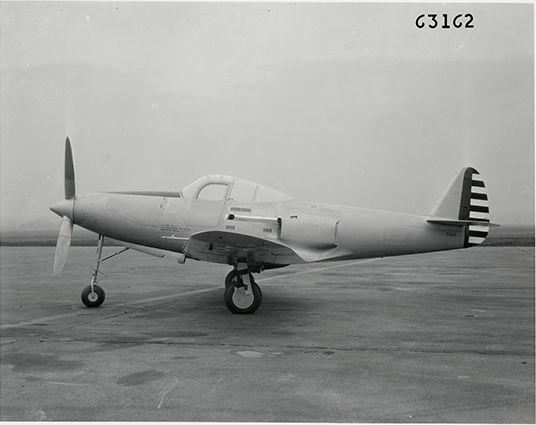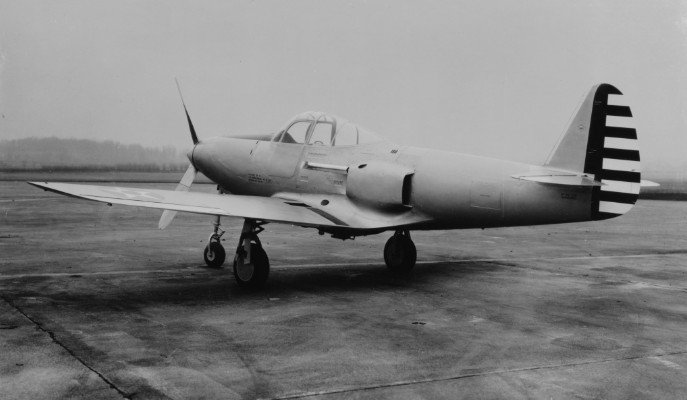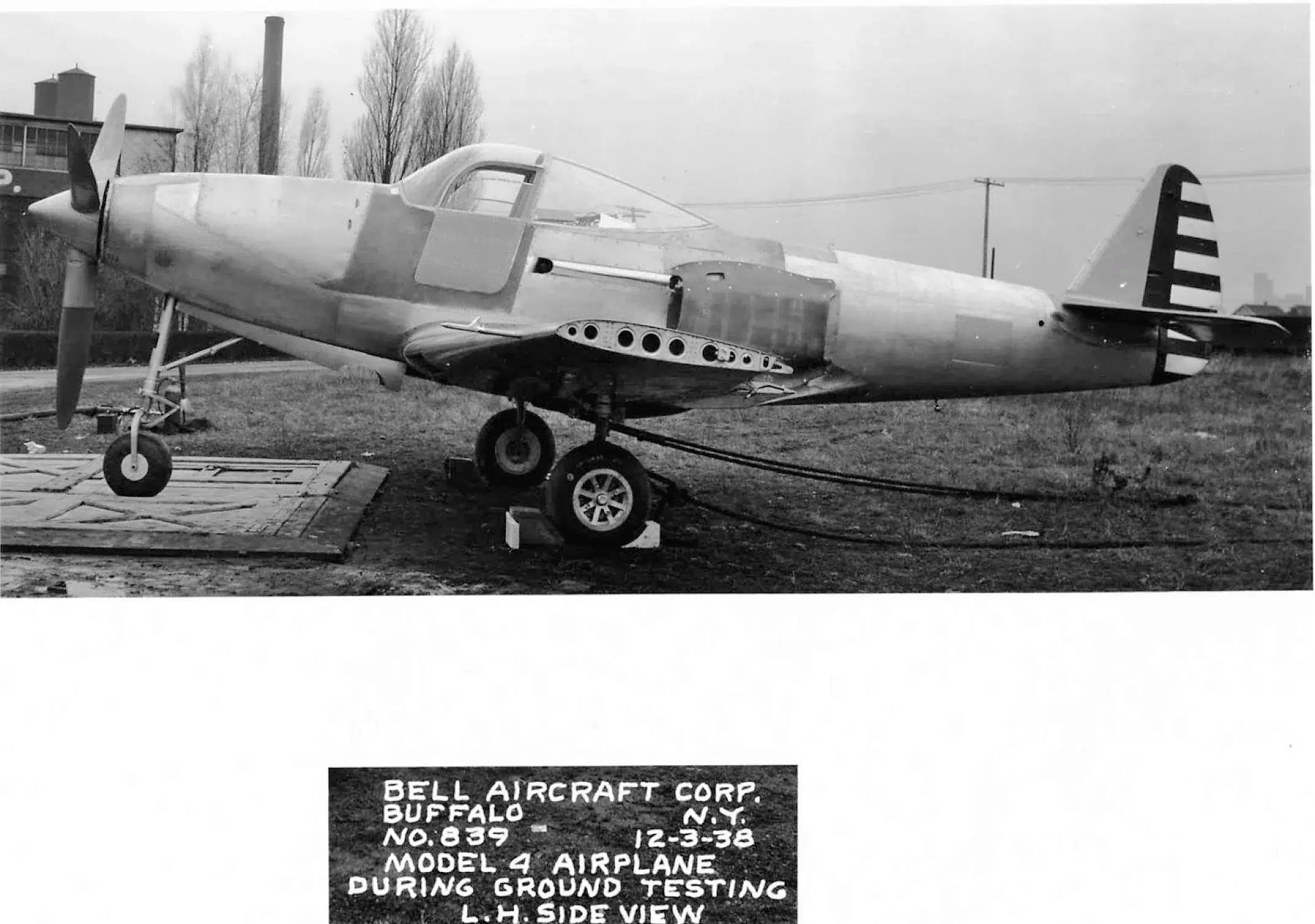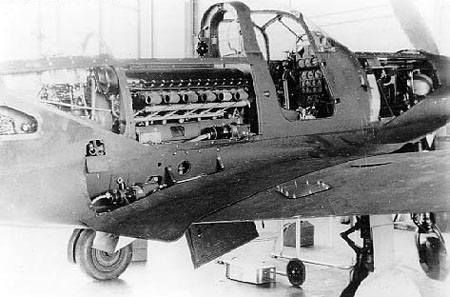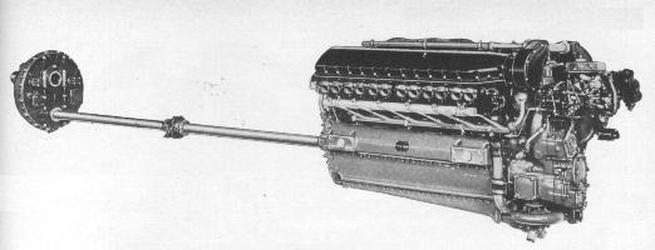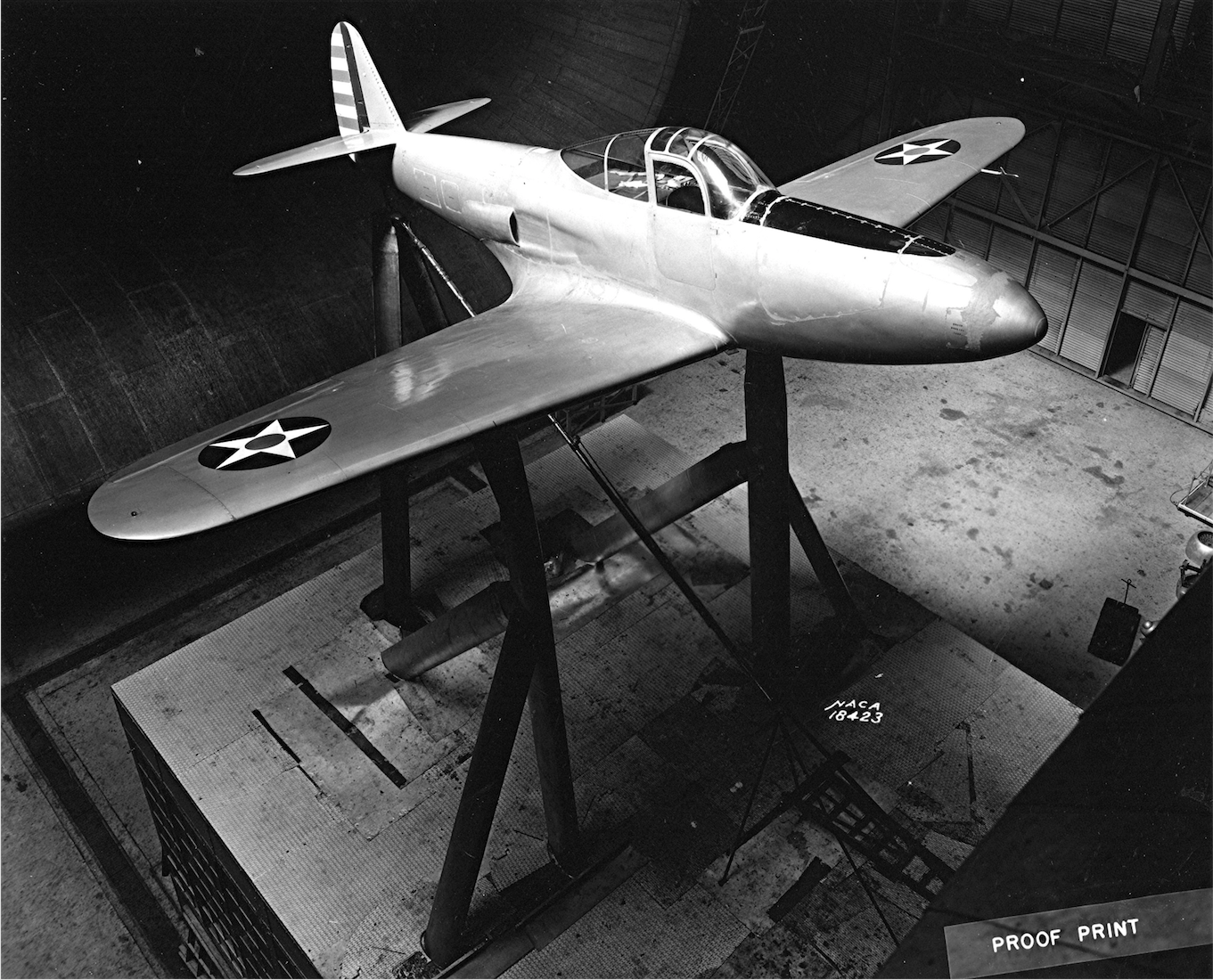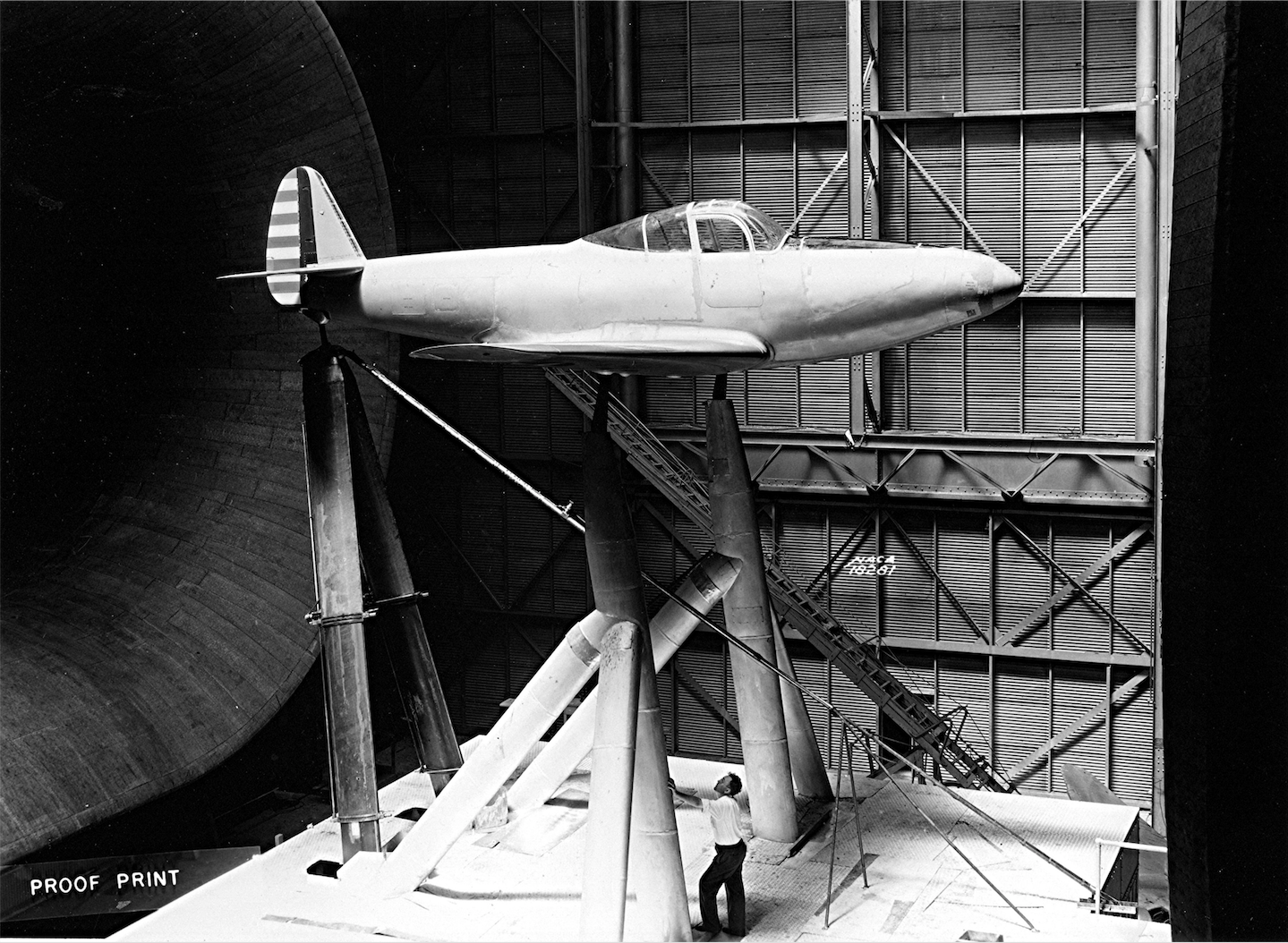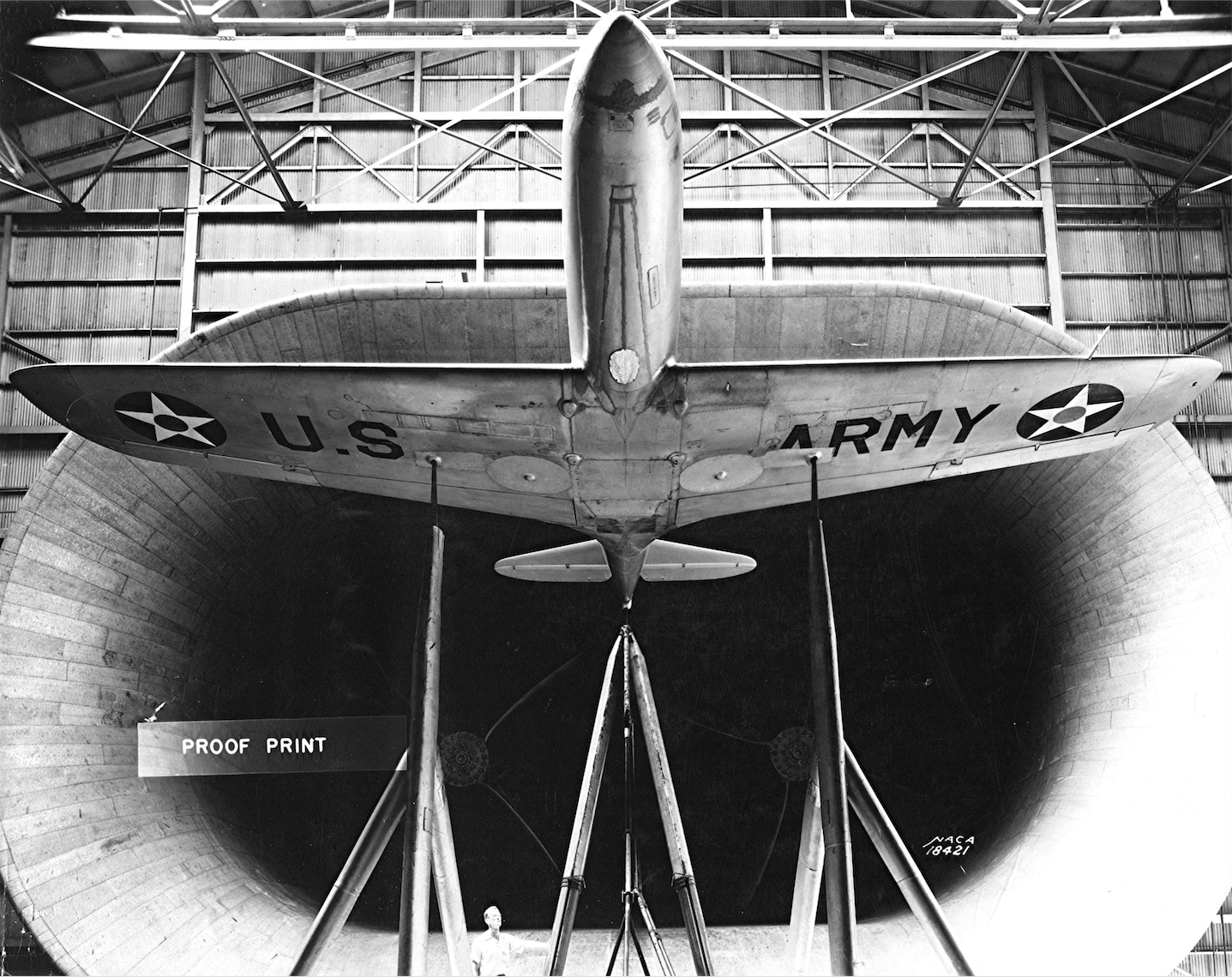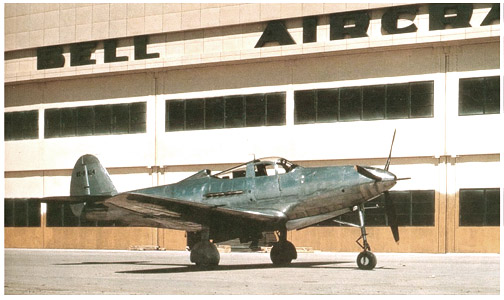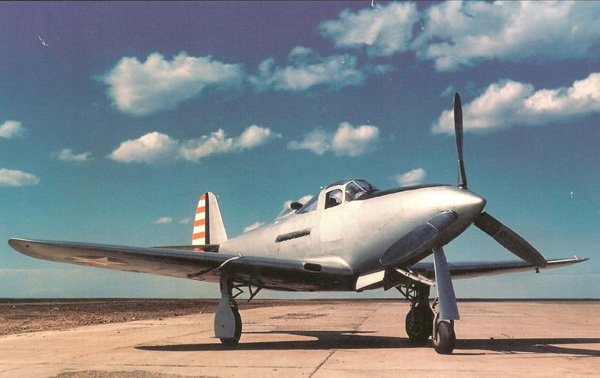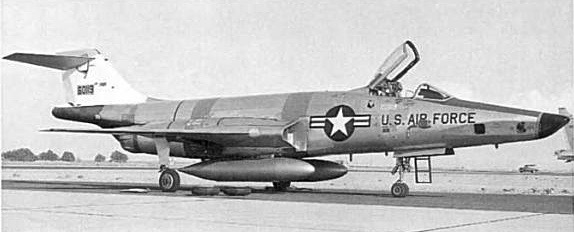
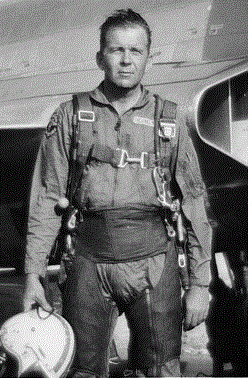
 6 April 1959: At Edwards Air Force Base, in the high desert of southern California, Colonel Edward Hamilton Taylor, United States Air Force, set a Fédération Aéronautique Internationale (FAI) World Record for Speed Over a 1000 Kilometer Course of 1,126.62 kilometers per hour (700.05 miles per hour),¹ flying a McDonnell RF-101C-75-MC Voodoo, serial number 56-0119.
6 April 1959: At Edwards Air Force Base, in the high desert of southern California, Colonel Edward Hamilton Taylor, United States Air Force, set a Fédération Aéronautique Internationale (FAI) World Record for Speed Over a 1000 Kilometer Course of 1,126.62 kilometers per hour (700.05 miles per hour),¹ flying a McDonnell RF-101C-75-MC Voodoo, serial number 56-0119.
The F-101 Voodoo was the first production airplane capable of speeds over 1,000 miles per hour (1,609.34 kilometers per hour). Colonel Taylor’s RF-101C was an unarmed photographic reconnaissance variant.
Nine days later, Captain George A. Edwards, Jr., flew another RF-101C to a World Record for Speed Over a Closed Circuit of 500 Kilometers of 1,313.677 kilometers per hour (816.281 miles per hour).²

Edward Hamilton Taylor was born 8 October 1920 at Lone Oak, Texas. He was the son of Dr. Edward and Mrs. Viola Taylor. He graduated from Austin High School, Austin, Texas, and attended the University of Texas in Austin.
Taylor enlisted in the Texas National Guard on his eighteenth birthday, 8 October 1938. He was appointed an aviation cadet, Air Corps, Army of the United States (A.U.S.), 7 February 1942, and was commissioned as a second lieutenant, 10 November 1942. He was promoted to first lieutenant, 9 September 1943, and captain, 6 April 1944. On 6 April 1945, Taylor was promoted to major, A.U.S. Following World War II, Taylor reverted to his permanent rank of first lieutenant, Air Reserve.
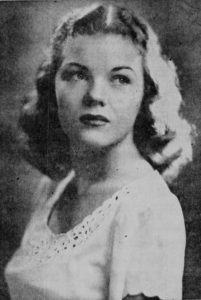
Edward Hamilton Taylor married Miss Cordelia Brown Harwood at St. Albin’s Church in Austin, 31 August 1946. They would have four sons.
Edward Taylor was a combat veteran of World War II, the Korean War and the Vietnam War, flying reconnaissance missions over Saipan and Iwo Jima in the Lockheed P-38 Lightning, F-80 fighters in Korea and over North Vietnam in both the RF-101C and the RF-4C Phantom II.
His final Air Force assignment was as Director of Aerospace Vehicles Training, Randolph Air Force Base, Texas. Colonel Taylor retired from the Air Force 1 January 1968 after 29 years of military service.
A Command Pilot with over 5,000 hours of flight experience, he had been twice awarded the Legion of Merit; the Distinguished Flying Cross, also twice, and fifteen Air Medals.
Colonel Edward Hamiton Taylor, United States Air Force (Retired) died at Austin, Texas 17 June 2007. He was buried at the Austin Memorial Park Cemetery, Austin, Texas.
His record-setting Voodoo had been on display at Bergstrom AFB, Austin, Texas, Colonel Taylor’s home town. The airplane’s nose section with its reconnaissance array is now in the collection of the National Air and Space Museum.
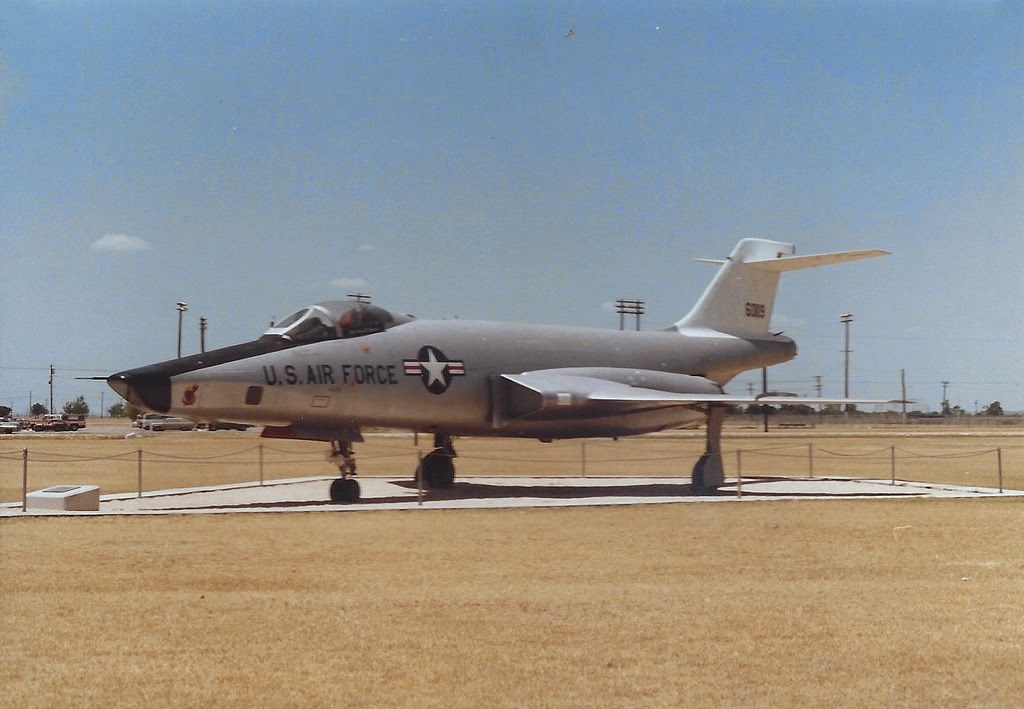
![]() The RF-101C Voodoo was an unarmed reconnaissance variant of the F-101C fighter. It was 69 feet, 4 inches (21.133 meters) long with a wingspan of 39 feet, 8 inches (12.090 meters). The height was 18 feet (5.486 meters). Empty weight for the RF-101C was 26,136 pounds (11,855 kilograms), with a maximum takeoff weight of 51,000 pounds (23,133 kilograms).
The RF-101C Voodoo was an unarmed reconnaissance variant of the F-101C fighter. It was 69 feet, 4 inches (21.133 meters) long with a wingspan of 39 feet, 8 inches (12.090 meters). The height was 18 feet (5.486 meters). Empty weight for the RF-101C was 26,136 pounds (11,855 kilograms), with a maximum takeoff weight of 51,000 pounds (23,133 kilograms).
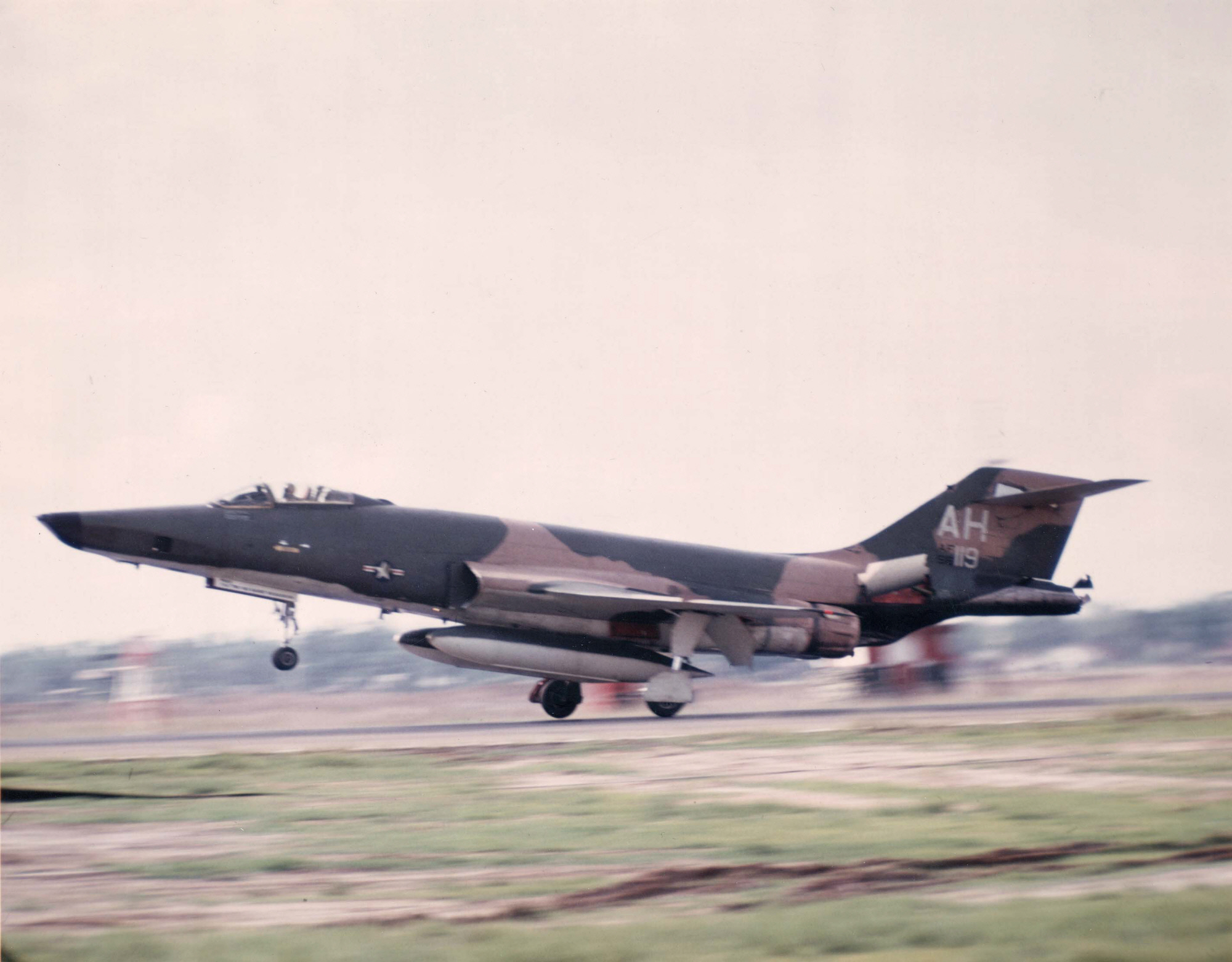
 The F-101C was powered by two Pratt & Whitney J57-P-13 afterburning turbojet engines. The J57 was a two-spool axial-flow turbojet which had a 16-stage compressor section (9 low- and 7 high-pressure stages), and a 3-stage turbine (1 high- and 2 low-pressure stages). The J57-P-13 was rated at 10,200 pounds of thrust (45.37 kilonewtons), and 15,800 pounds (70.28 kilonewtons) with afterburner. It was 17 feet, 7.0 inches (5.359 meters) long, 3 feet, 4.3 inches (1.024 meters) in diameter, and weighed 5,25 pounds (2,279 kilograms).
The F-101C was powered by two Pratt & Whitney J57-P-13 afterburning turbojet engines. The J57 was a two-spool axial-flow turbojet which had a 16-stage compressor section (9 low- and 7 high-pressure stages), and a 3-stage turbine (1 high- and 2 low-pressure stages). The J57-P-13 was rated at 10,200 pounds of thrust (45.37 kilonewtons), and 15,800 pounds (70.28 kilonewtons) with afterburner. It was 17 feet, 7.0 inches (5.359 meters) long, 3 feet, 4.3 inches (1.024 meters) in diameter, and weighed 5,25 pounds (2,279 kilograms).
The F-101C had a maximum speed of 1,012 miles per hour (1,629 kilometers per hour) at 35,000 feet (10,668 meters). The service ceiling was 55,300 feet (16,855 meters).
The Voodoo could carry up to three drop tanks, giving a total fuel capacity of 3,150 gallons (11,294 liters) and a maximum range of 2,145 miles (3,452 kilometers).
The RF-101C carried six cameras in its nose. Two Fairchild KA-1s were aimed downward, with four KA-2s facing forward, down and to each side.
Beginning in 1954, McDonnell Aircraft Corporation built 807 F-101 Voodoos. 166 of these were the RF-101C variant. This was the only F-101 Voodoo variant to be used in combat during the Vietnam War. The RF-101C remained in service with the U.S. Air Force until 1979.
¹ FAI Record File Number 8928
² FAI Record File Number 8858
© 2019, Bryan R. Swopes
